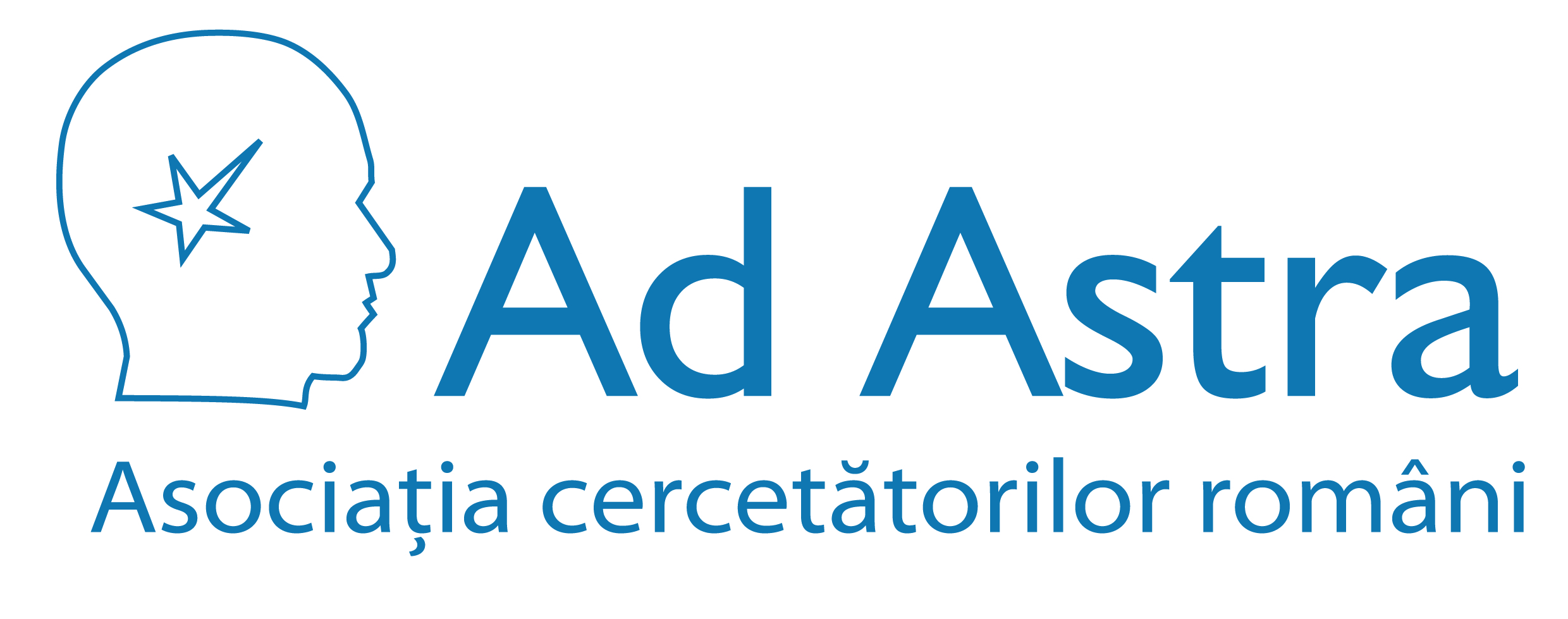Scopul nostru este sprijinirea şi promovarea cercetării ştiinţifice şi facilitarea comunicării între cercetătorii români din întreaga lume.
Staff Login
Variable relations of the trochlear nerve with the pontomesencephalic segment of the superior cerebellar artery
Domenii publicaţii > Ştiinţe medicale + Tipuri publicaţii > Articol în revistã ştiinţificã
Autori: Rusu MC, Vrapciu AD, Pătraşcu JM.
Editorial: Surg Radiol Anat, DOI: 10.1007/s00276-014-1377-4, 2014.
Rezumat:
The superior cerebellar artery (SCA) is, perhaps, the most anatomically constant cerebellar artery which, in its lateral pontomesencephalic course, is crossed above by the trochlear nerve (CNIV). The SCA may determine, as an offending vessel, CNIV compression and superior oblique myokymia and thus surgical decompression may be indicated. In this regard an accurate knowledge of the variational possibilities of the SCA-CNIV is needed. Such rare neurovascular variants are reported here. The variables are determined by the length of the SCA, and the course of the CNIV as referred to the rostral (RT) and caudal (CT) trunks of the SCA. The CNIV may be pinched between the origins of the RT and CT, may pass above the RT or the SCA main trunk, and even between the primary branches of the RT. The CNIV was found compressed between the RT and the brainstem. Perhaps the most spectacular variation was a CNIV coursing through an arterial ring formed by the RT and CT which were anastomosed distally to the CNIV. The possibilities of neurovascular relations between the CNIV and the SCA should be considered when CNIV palsy, or surgical decompression, are estimated.
Cuvinte cheie: brainstem, cerebellar artery, myokymia, superior oblique palsy, microvascular decompression, trochlear nerve
URL: http://link.springer.com/article/10.1007%2Fs00276-014-1377-4

